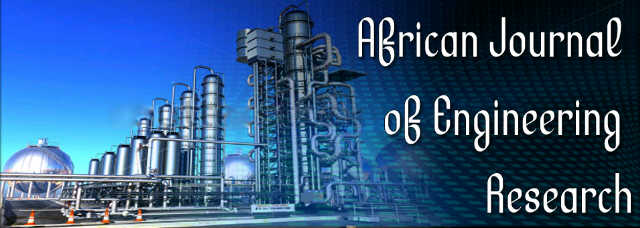Numerical experiments on glaciogenic artificial cloud seeding conducted in a stable cloud
Tsubasa Saito, Rocky Sashihara, Kennya Komatsuzaki and Kikuro TomineAfrican Journal of Engineering Research
Published: October 16 2017
Volume 5, Issue 3
Pages 54-82
DOI: https://doi.org/10.30918/AJER.53.17.020
Abstract
The effectiveness of glaciogenic artificial cloud seeding is determined by two factors. One factor is whether ice crystals and liquid cloud water coexist in a cloud, resulting in water vapor deposit on the ice crystals growing them into snow particles. The other factor is whether convection is activated by released latent heat during freezing when water vapor deposits on the ice crystals. To investigate the influence of both factors and to research effective seeding methods using an aircraft, numerical experiments of glaciogenic artificial cloud seeding are conducted for a summer day when the cloud is relatively stable, resulting in little precipitation. Numerical results show that precipitation is increased in the catchment area due to glaciogenic seeding in regions of the cloud colder than 0°C, and the increase is enhanced when raindrops fall through areas of the cloud warmer than 0°C. Glaciogenic seeding can convert cloud water to snow and graupel to increase precipitation and activate convection. The activated convection can increase the amount of snow in the cloud; however, the convection also acts to separate the increased snow area from the cloud water area and the separation inhibits the formation of more snow particles. Multiple seeding can counteract this separation to enhance precipitation in the catchment area.
Keywords: Artificial glaciogenic cloud seeding, numerical simulation, weak rain, summer day.
Full Text PDF
